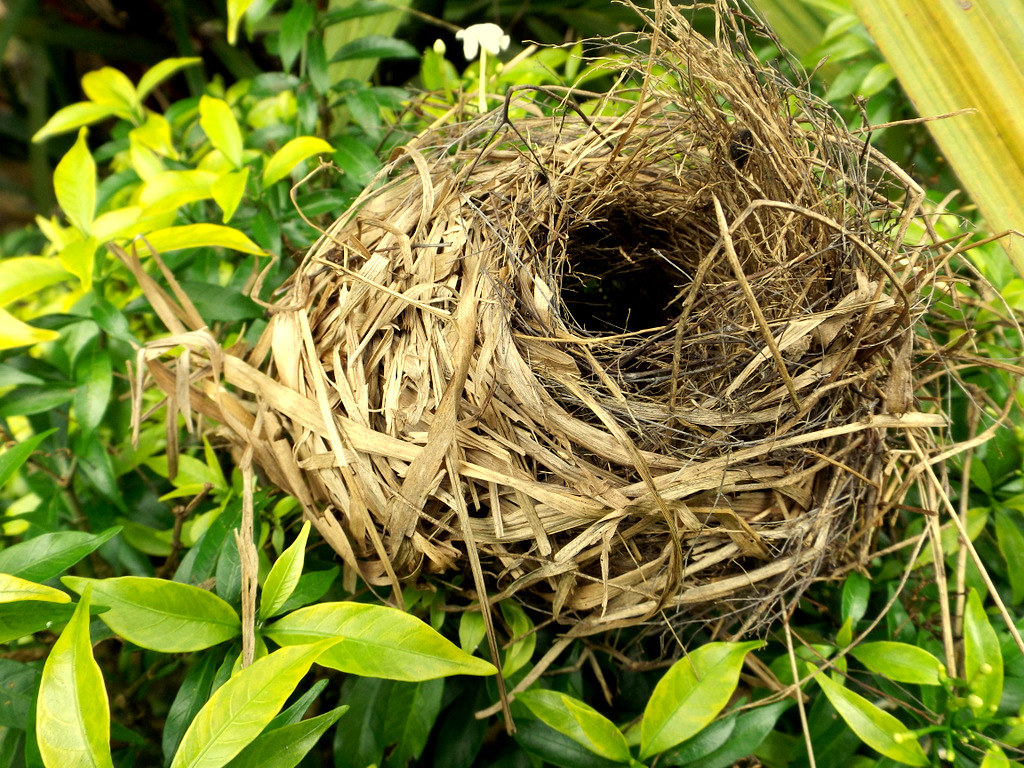We're now underway in year 3 with our Summit Makerspace. As we saw last year, the kids' thinking is growing and changing with each year, so the way they are approaching things this year is different than last fall, and VASTLY different than the first year. Our focus with them last year was really thinking about how to challenge themselves - not to keep working with the same materials or same type of design, but to try to learn something new that will help them in their project. This year, I really want to see them start looking at the how and why behind things around them. I'm seeing already that they are starting to think this way - many of them are interested in using parts of kits to help in their projects, rather than the whole kits. Or they want to take something apart to use a piece from it on another project.
We added something new to the makerspace last year that will help them think in this way: our "Take Apart Cart". We've received donations of about a dozen old computers, cameras, printers, and sewing machines to add to the cart. These items can be used in two ways: Kids can take them apart, study the insides, then see if they can put them back together again (I see connections with procedural writing and sequencing here!) or they can take them apart to obtain components to use in other projects. I'm looking forward to really putting the cart to use!
One other change this year has been my schedule. With the hiring of Emily Goranson into our part time LRT position, we have restructured my day so that I am available over the noon lunch hour. This has allowed me to teach mini-classes on specific skills already this year (sewing, 3D printing, circuits, using the woodworking tools, etc.). And later in the year, this time will be used for a second grade robotics club and a 4th grade makers club. Any opportunity to give kids more time to explore and learn will only benefit them during their once a week library/tech/makerspace time.
Stay tuned for more as we get into the year!


